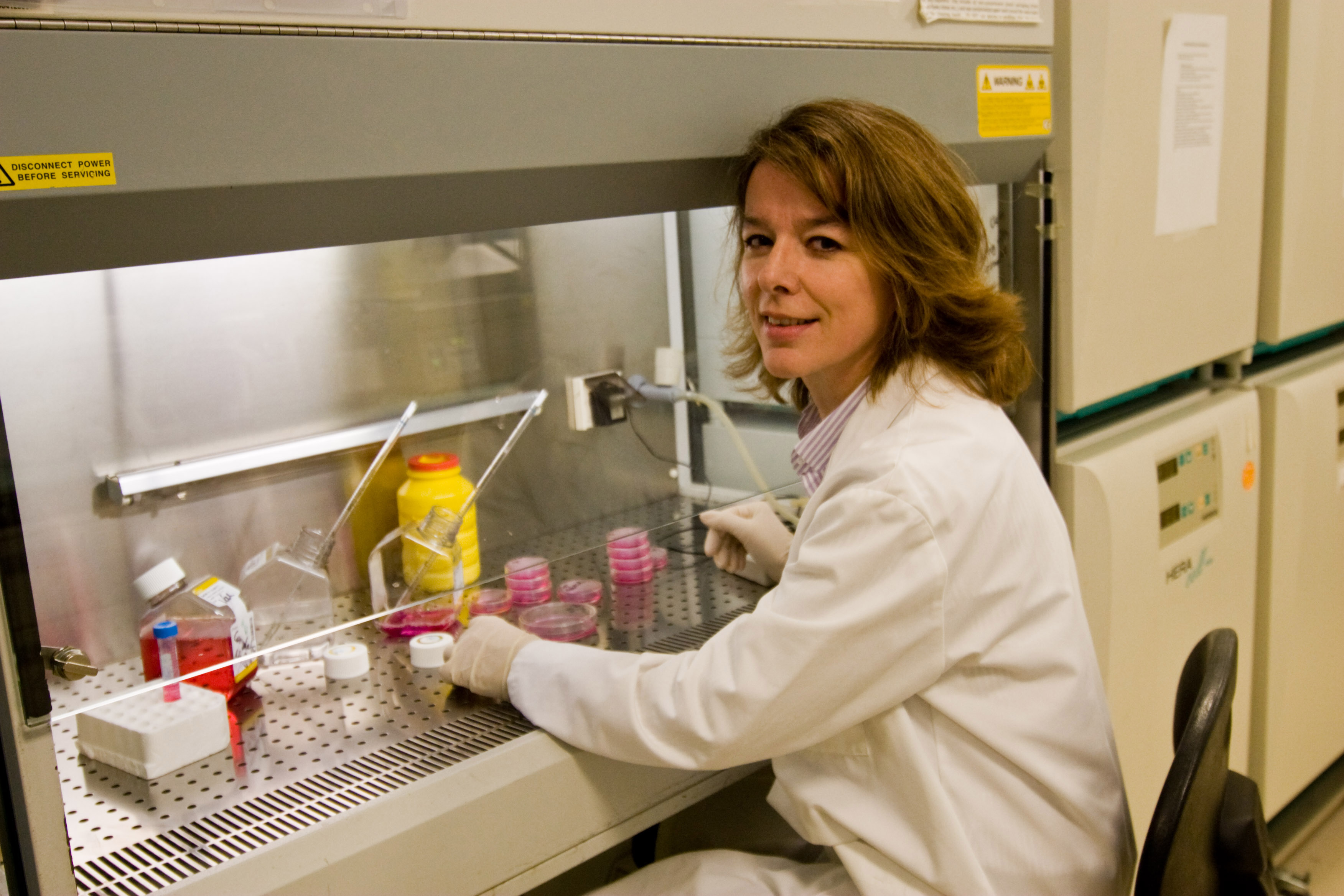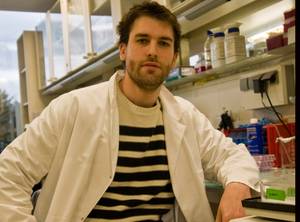Clarify that in breast cancer the key to endurance is SOX2 protein
2013/11/14 Galarraga Aiestaran, Ana - Elhuyar Zientzia Iturria: Elhuyar aldizkaria

CIC bioGUNE researchers have taken an important step in understanding resistance to breast cancer treatment. In particular, one-third or more of patients do not respond adequately to conventional hormonal treatment, through tamoxifen. Now, in collaboration with Galdakao Hospital and Preteimagen Clinic, CICbioGUNE researchers have discovered the key to resistance.
The study has been published in the journal MBO Molecular Medicine, according to which the protein SOX2 is the key. In fact, when the expression of the SOX2 gene is elevated, the sensitivity to tamoxifen decreases both in vivo and in vitro. And vice versa: Silencing the SOX2 gene increases tamoxifen sensitivity in cancer cells.
Therefore, there is a direct relationship between SOX2 protein and stamina. According to Maria Vivanco, “in women who have participated in our research, whenever they were resistant to treatment we have seen that they had more SOX2 proteins than those that have responded well to the treatment.” In addition, SOX2 protein contributes to the survival of cancer regenerating cells. Therefore, Vivanco believes that SOX2 protein can be a good biomarker: “The level of protein can predict the response to treatment.”
In addition to identifying the resistant protein, they have seen how it works. Apparently, the SOX2 protein activates a signaling pathway called Wnt, which makes cancer cells resistant. This result corresponds to other studies showing that Wnt signaling pathway defects were associated with cancer.
Gai honi buruzko eduki gehiago
Elhuyarrek garatutako teknologia






